Bearded Dragon Care Hacks: Habitat, Diet, and Health
Hey reptile fans! If you’re as pumped about bearded dragon care hacks as I was when I first got my scaly sidekick, Spike, back in 2018, you’re probably feeling that mix of “this is awesome” and “oh man, am I doing this right?” I’m Joshua Van, the guy who started Healthy Pet Hub, where I’ve been dishing out straight-up pet advice for over seven years, from messing around with tank setups in my garage to picking the brains of exotic vets. Bearded dragon care isn’t some crazy puzzle it’s about simple, down-to-earth tricks that make your pet feel like they’re kicking it in the Aussie outback. So, let’s get into building a sweet bearded dragon habitat, serving up a bearded dragon diet that keeps full of life, and staying on top of bearded dragon health so nothing sneaks up on you. Your beardie’s gonna be rocking that beard like a desert champ in no time.
Quick Tips for Beardie Owners on the Go
Or just want the short-and-sweet version to avoid all this scrolling? I don’t blame ya:
-
Very large tank: At minimum, provide a 4x2x2 foot (120x60x60cm) enclosure. Dragons in too-small spaces are unhappy dragons.
-
Heat and lighting: Maintain a 100-110°F (38-43°C) basking area, with the cool side between 75-85°F (24-29°C). Replace UVB bulbs every 6 months to avoid MBD.
-
Health check-ins: Acting weird or pooping odd? Get to a vet fast. Yearly exams are a must for bearded dragon health.
-
Hydration tricks: Weekly baths and misted greens beat a water bowl dehydration’s a sneaky jerk.
Let’s roll up our sleeves and make your dragon’s life straight-up epic.
Building a Dope Bearded Dragon Habitat: Desert Vibes Only
Your bearded dragon habitat isn’t just a tank it’s a sunny chunk of the outback where your pet can chill like a king. When I swapped Spike’s dinky 40-gallon for a 4x2x2 PVC setup, it was like he went from mopey to majestic less wall-scratching, more basking like a pro. The trick? Getting the space, heat, and hidey-holes just right without it turning into a soggy swamp.
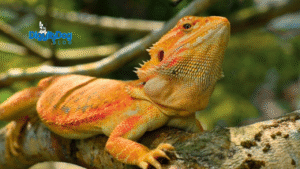
Size Is Key: Go Wide, Not Tall
Ditch those cute-but-lame starter kits. Hatchlings can hang in a 2x2x2 for a bit, but once your beardie’s a full-grown 16-18 inches, you need a 4x2x2 think 120 gallons of room to stretch. Why wide? These guys are ground-lovers, not tree-climbers, and they need space to zip between hot and cool spots like it’s their job.
One hack from my early flops: If you’re up for it, try a bioactive setup. Mix play sand with topsoil, add some springtails and isopods to eat the mess, and you’ve got a chill desert scene that practically cleans itself. Just skip loose stuff like walnut shells those are an impaction disaster, especially for gobblers like Spike.
Heat, Light, and Humidity: The Big Three
A hot tank with no proper set up is a hot box. The basking area should be 100-110 degrees using a halogen bulb or ceramic heat emitter (no coils, those things burn toes). The cool side of the tank should be 75-85 degrees. I use a laser thermometer to measure temps in the tank each morning. Those stick-on thermometers are liars.
UVB is your dragons best friend. Without UVB your dragon is unable to produce vitamin D3 which will lead to metabolic bone disease (MBD) wobbly legs, swollen jaws, bad bad news. Purchase a T5 HO 10.0 bulb and place it 12-16 inches above the mesh and run it for 10-12 hours per day to mimic your local daylight hours. Humidity: 30-40% during the day to mimic desert dry. Too humid and you risk respiratory issues. Purchase an inexpensive hygrometer and a light mist in the morning (light sprinkle). I also recommend a humid hide with sphagnum moss for shed days.
Throw in some branches for scrambling, a slate rock for nail-filing, and two hides (one warm, one cool) your dragon’s gonna be living stress-free.
Feeding Your Bearded Dragon: Meals That Get Hyped
Feeding time is the best part of any bearded dragon diet routine. Spike does this goofy head-wiggle for crickets, like he’s trying to charm me. But here’s the deal: Food isn’t just snacks it’s what keeps your dragon zooming around for years. Too many bugs? Chunky dragon. Skimp on greens? Nutrient drama.
Age-Based Eats: Bugs for Babies, Greens for Adults
Match the menu to their age. Hatchlings and juveniles (under 1 year): primarily a bug-crazy 70% live insects (dubia roaches, crickets, or black soldier fly larvae) gut-loaded with vegetables for an extra nutritional boost. Feed them what they can consume in 10-15 minutes, twice a day. Bugs should be no bigger than the space between their eyes to prevent choking.
Adults have a different menu: 20-30% insects, and 70-80% fresh greens (collard, mustard, dandelion, squash or bell peppers). Fruits are occasional treats (berries or papaya) since we don’t want sugar spikes. I chop up a large salad every morning, mist it lightly, and throw out the leftovers by bedtime to prevent mold. Supplements are important: Dust bugs with calcium/D3 every feeding, and plain calcium on greens a few times a week. Dust with multi-vitamin once a week. Always have fresh water available in a shallow dish, and give them weekly baths they will sip because they’re too cool to gulp.
Feeding Hacks to Save Your Time and Cash
Chop a week’s worth of salads on Sunday and stash in airtight containers. Raise your own dubia roaches way cheaper than pet store runs and fresher. Never feed fireflies they’re straight-up toxic. One vet tip I love: Repashy gels for picky eaters or when you’re on the go.
Keeping Your Bearded Dragon Healthy: Stay Ahead of Problems
Nothing hits harder than seeing your beardie slump. I learned that the hard way with Spike’s first brumation I thought he was just being a couch potato, but it was just his winter nap. Knowing what’s normal versus what’s trouble is your bearded dragon health superpower.
What “Healthy” Looks Like
A happy beardie’s got bright eyes, a sassy walk, and dives into food like it’s a party. Poops should be regular firm, with a white cap. Weigh weekly: Babies should gain grams, adults stay steady. Shedding should peel off mostly in one piece; stuck bits on toes or tail mean you got to tweak humidity.
Warning Signs and Fast Fixes
Acting sluggish, skipping meals, wheezing, or puffy eyes? Could be parasites, impaction, or a lung bug. MBD shows up as shaky legs or a droopy jaw usually a UVB or calcium slip-up. Brumation (fall/winter chill mode) is fine, but if they’re losing weight, turn up the heat and call a vet. Book an exotic reptile vet for yearly check-ups with a poop test for worms. I haul Spike in his travel bin twice a year catching stuff early saves money and heartache. Handle gently, scoop under the belly, and keep it short to build trust. Wash up after salmonella’s real, but soap and water keep it chill.
Bottom line? Bearded dragon care hacks are about watching close and tweaking as you go. Your dragon will tell you what’s up if you listen. Got a wild beardie story? Drop it in the comments I’m all ears.
FAQs: Your Bearded Dragon Questions, Answered
Q: How often should I bathe my bearded dragon?
A: Once or twice a week, 10-15 minutes in shallow, warm water. Helps with hydration and shedding, but skip if they’re stressing.
Q: Is spinach okay for bearded dragons?
A: Not really its oxalates mess with calcium. Go for collards or mustard greens for a solid bearded dragon diet.
Q: What’s the best UVB bulb for newbies?
A: Zoo Med T5 HO 10.0 cheap, reliable, and easy to grab. Swap every six months, no excuses.
Q: Do bearded dragons get lonely?
A: Nope, they’re lone wolves. Housing multiples leads to fights and stress solo is best for bearded dragon health.
Q: How do I know if humidity’s off?
A: Get a hygrometer. Over 50% during the day? More airflow. Under 30%? Light mist or a damp hide.
Q: What’s brumation, and should I worry?
A: It’s a winter snooze less eating, more sleeping. Watch their weight; if it drops too much, warm up and call a vet.
References
-
PetMD Bearded Dragon Care Sheet (Updated June 2024)
-
ReptiFiles Ultimate Bearded Dragon Care Guide (Accessed 2025)
-
LA Times: How to Ensure Your Bearded Dragon Stays Happy and Healthy (September 2025)



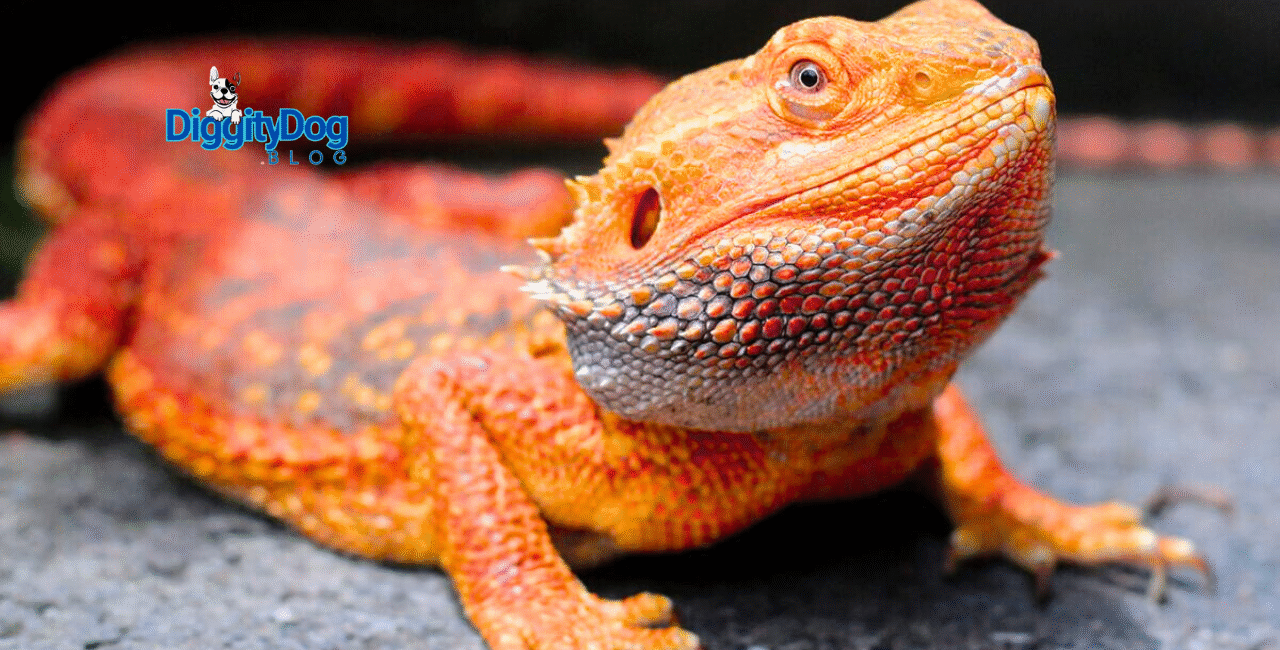

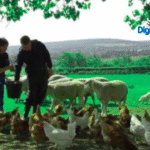
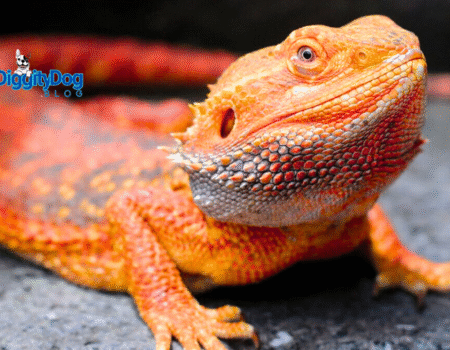
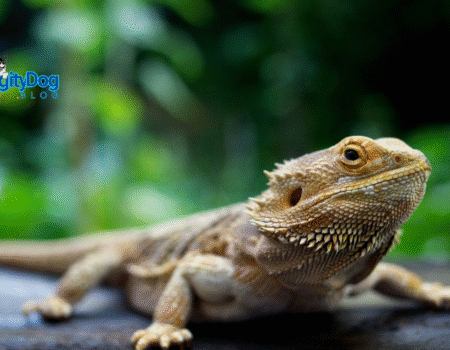
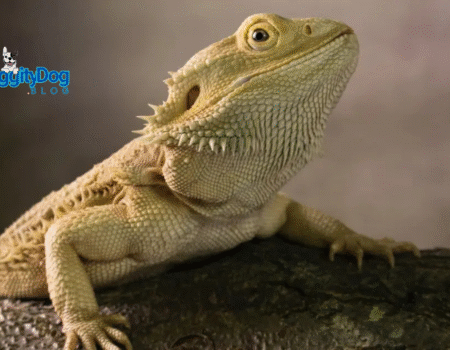
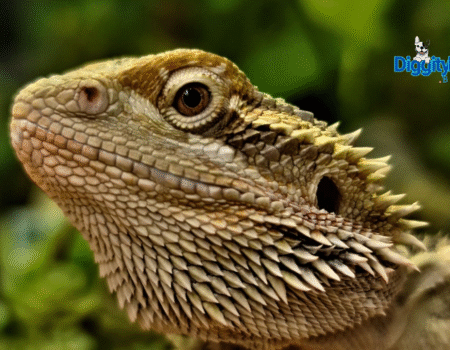
No Comment! Be the first one.